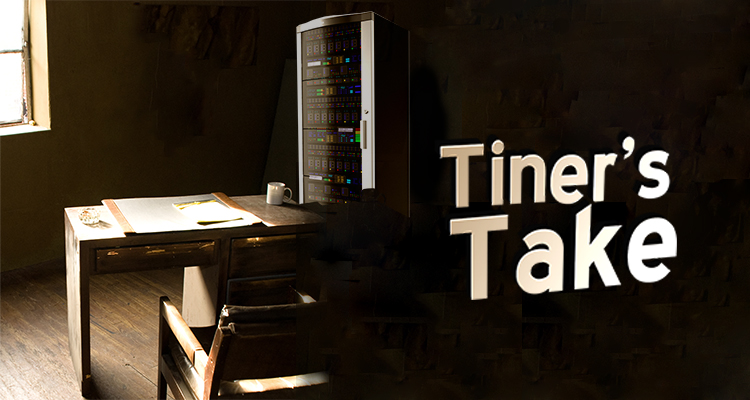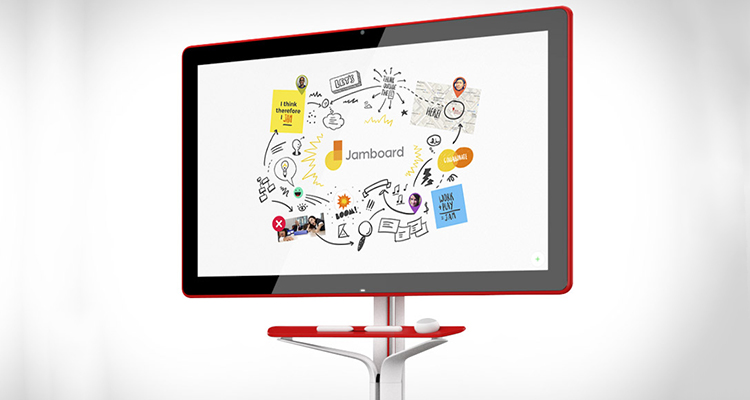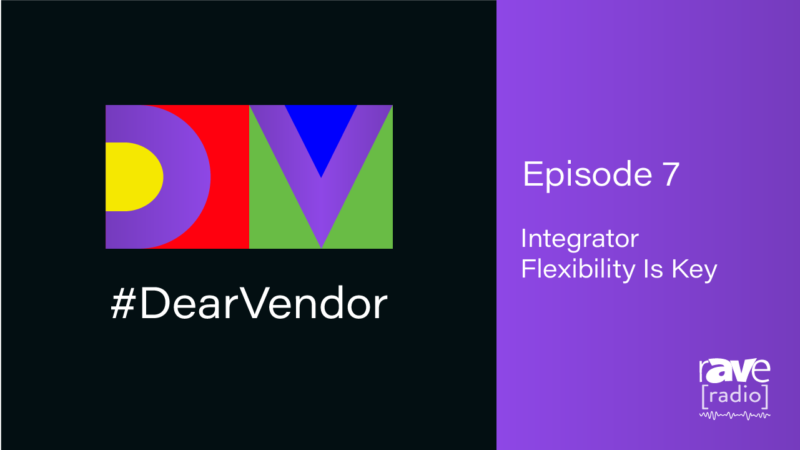No More Collaborative WhiteBoards, PLEASE!
 I think that InfoComm 2018 may have been the signal to me that I have started to turn from a technology dreamer into a practical user of technology. This transition was realized as I toured around looking at the continual assortments of “collaborative” or digital whiteboards. For years and years I have been searching for the perfect collaborative board to install at our campus. We have even tried several of them. Yet, time and time again they fail to meet the standards that will get them to widespread use on our campus. Alas, this InfoComm was no different.
I think that InfoComm 2018 may have been the signal to me that I have started to turn from a technology dreamer into a practical user of technology. This transition was realized as I toured around looking at the continual assortments of “collaborative” or digital whiteboards. For years and years I have been searching for the perfect collaborative board to install at our campus. We have even tried several of them. Yet, time and time again they fail to meet the standards that will get them to widespread use on our campus. Alas, this InfoComm was no different.
I saw several whiteboards including the Google Jamboard and the Crestron AirBoard. The Jamboard is very cool and certainly piques my interest. I even waited around the booth a bit and spoke with the reps and heard the pitch they were giving to others. In the end though, the failure comes down to one simple problem. If you have to “teach” someone to use the improvements you have made to a tool they have used for years (without any training), you have designed it poorly. If you have to use an interface to change the color of a “marker,” you have downgraded the experience, rather than upgraded it. Perhaps the most popular feature over the years of a digital whiteboard has been the ability to save what you write. However, that difficult-to-access tool has already been surpassed by the camera that everyone carries in their pocket on a daily basis. Yes, the Jamboard is very cool to look at and play with, but it has no place on my campus.
 During my tour of the Crestron booth I was introduced to the AirBoard. Immediately, I was excited by what I was being shown. There were no special pens or erasers to use. In fact, the whiteboard was just a plain old whiteboard. In order to use it you only needed to press (at most) one button — more on that in a minute. The system tied directly into your video switcher so it could be directed to as many displays as you wanted. It even would stream the output to the internet so that remote people could tune in real time. I thought I was falling in love, and then I saw it used.
During my tour of the Crestron booth I was introduced to the AirBoard. Immediately, I was excited by what I was being shown. There were no special pens or erasers to use. In fact, the whiteboard was just a plain old whiteboard. In order to use it you only needed to press (at most) one button — more on that in a minute. The system tied directly into your video switcher so it could be directed to as many displays as you wanted. It even would stream the output to the internet so that remote people could tune in real time. I thought I was falling in love, and then I saw it used.
The delay between writing on the whiteboard and the writing showing up on any of the displays was between 3 and 5 seconds (in an ideal environment). Crestron tells us this is a feature, and actually presents a pretty good reason why. The basic design of the AirBoard is a camera above the whiteboard that simply captures everything written on the board. But that would present a problem of seeing motion as a hand waves back and forth in front of the board. So, to prevent this, they put in the delay and only show what is static in the image. It is a necessary feature, to remove the hand and arms moving across the screen, but the delay is unbearable. Don’t believe me? Imagine taking a video of someone teaching match on a whiteboard. Now, take the accompanying audio and shift it two to three seconds in front of the video. Pretty confusing, huh?
The AirBoard does have some value, in the right circumstances. In a distance-learning environment, it would be incredibly helpful. The faculty would have to learn to not talk and write at the same time though, to prevent the lack of sync causing confusing. Yet, for remote learning we already know the faculty is making other changes to their pedagogical style, so that may be an acceptable accommodation. This is also where the single button comes in. That button turns on and off the streaming tools. It is for security, so people are not always streaming something when they may not want to. Another value of the AirBoard may be in the extremely large college lecture course that has over 200 students in it. Using the remote viewing tools, students far from the screen could still see what the professor is writing. No, it’s not perfect, but it’s likely better than not being able to see anything.
In specific situations, an AirBoard or Jamboard, or other digital whiteboard may solve a problem. But I feel they are still being pushed as “the solution” in inappropriate situations. There is no need to spend thousands of dollars when a hundred dollar whiteboard will do. Additionally, there are other tools out there now, like those from Mersive, that are designed to work the way our current students are wired to work. Perhaps this is my perspective strictly because of the environment in which I test these boards against — a small, high-tech college. But, I believe it is more about money having been invested in these products and companies not being able to turn away from them.





